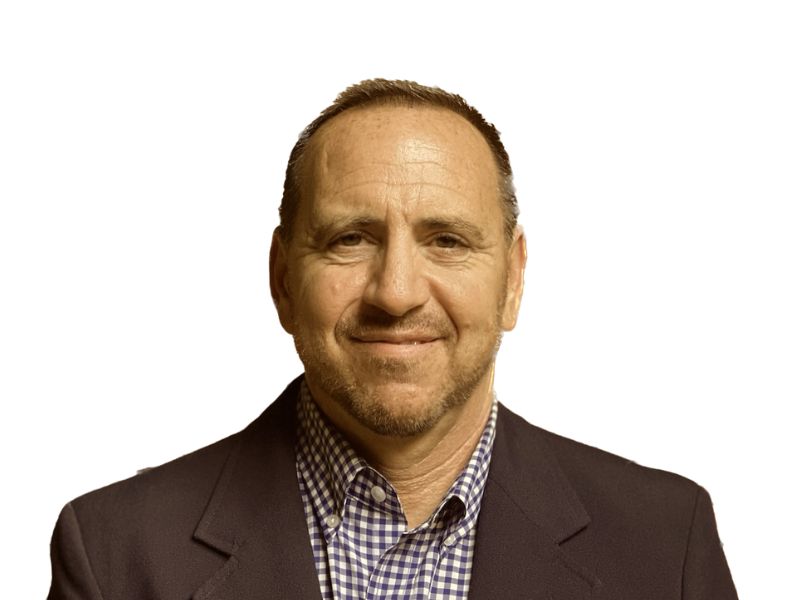Suburban markets, traditional gold mines for patient acquisition, have become epicenters of hyper-rivalry between regional IDNs. Adjacent to these communities reside underserved Medicare-eligible patients in rural communities. Reaching these patients represents an Access challenge for healthcare providers and their systems because specialized medicine requires patient aggregation to support the encounter volume necessary to leverage expensive talent, support staff, and specialized equipment. Virtualized care presents an alternative access methodology, but rural communities have suffered most from the “digital divide”. Distance is not only a challenge for the healthcare sector, but building broadband networks in low-density communities is very expensive. The rural frontier represents a challenge, but also a hidden opportunity that demands a radical shift in strategy for both broadband providers and Integrated Delivery Networks (IDNs).
Broadband providers suffer from Suburban Saturation as well.
A decade ago, broadband was a luxury, and broadband providers developed “propensity to buy” models to determine where they would invest capital and build the best broadband networks. Fast-forward a decade, and just like the healthcare marketplace, regional broadband oligopolies overbuild these “attractive neighborhoods,” and they fight to meet their break-even adoption rates, usually with price cuts. Most middle-class households already have multiple fiber options, driving down profitability and intensifying competition. Expanding within this saturated landscape is a costly gamble.
Rural Renaissance: Untapped Potential
Neglected Rural America yearns for quality healthcare. A lucrative, untapped market waits for service providers that can adjust operations so that they consider the cost of access. With a higher concentration of Medicare-eligible patients and consistent reimbursements, the rural market represents an oasis from intense competition. Patient response to telemedicine during the pandemic and their resistance to return to offices proves patient willingness to use telehealth solutions and CMS has provided remote patient monitoring (RPM) reimbursement for high-volume chronic care conditions such as COPD, diabetes, depression, and hypertension, providing a baseline revenue stream for a virtual care practice.
Healing the digital divide
The $42 billion Broadband Equity and Access Deployment (BEAD) program and the $2.75 billion digital equity funding initiative have been allocated to the states, territories, and tribes to provide every US household with broadband service by the year 2026. Delivering broadband technology to these communities will be accomplished by Internet Service Providers (ISPs), but enabling the adoption required for a sustainable business model includes a role for the healthcare community. Broadband adoption by the elderly segment of rural communities will be muted unless there are services that matter to this demographic. Digital health and aging in place are services that matter to the poor and elderly.
From Bricks to Clicks: The IDN Transformation
For IDNs, the answer lies in embracing a virtual future. Telemedicine isn’t a trendy buzzword; it’s a cost-effective way to reach patients where they are. But it requires a shift in mindset. Beyond the costly brick-and-mortar establishments, IDNs can employ virtual models and strategically allocate tangible assets closer to rural locales. Consider specialized clinics focusing on chronic disease management, staffed by a mix of local healthcare professionals and remote specialists, connected via high-speed broadband.
Beyond Profit: A Shared Responsibility
This isn’t just about market share; it’s about serving an underserved population. Partnering with local healthcare providers, community leaders, and even competitors can accelerate adoption and ensure equitable access. By pooling resources and expertise, we can create a healthcare ecosystem that thrives in both virtual and physical spaces.
The Time for Action is Now
Rural communities are the fertile ground for broadband providers, not the barren wasteland. For IDNs, the future lies beyond the crowded suburbs. Telehealth can alleviate the rural access challenge. Shifting the encounter model, so rural patients get short but frequent virtual encounters and reserving the inconvenient and expensive trip to brick and mortar facilities in denser communities, is palpable for the patient and profitable for the system.











